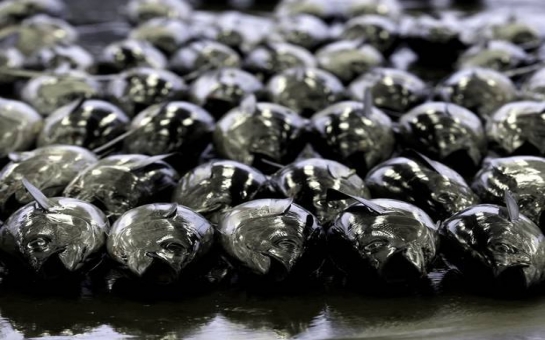Follow us !
Radioactive tuna fish from the 2011 Fukushima
World
09:45 | 02.05.2014

Radioactive tuna fish from the 2011 Fukushima
Tuna with small levels of radioactivity from the 2011 Fukushima nuclear disaster in Japan have been caught off the shores of Oregon and Washington states.But experts say there’s no need to panic – you’d have to eat more than 700,000 pounds of the fish with the highest level of radioactivity to match the amount of radiation the average human is exposed to everyday.In fact, the figure is a mere 0.1 per cent of the level set by America’s Food and Drug Administration (FDA).The study, penned by researchers from Oregon State University, says the findings are remarkable because they shed light on the extent of the Fukushima meltdown on the Pacific Ocean in March 2011.Researchers carried out tests on 26 albacore tuna fish caught prior to the 2011 power plant disaster and those caught after.At their worst, they found radiation levels tripled from fish tested before Fuskushima and fish tested in the years since.They chose the fish because it is known for migrating across the Pacific Ocean between Japan and America.Delvan Neville, a researcher with the OSU, said: “The levels were way too small to really be a food safety issue, but we still want to tell people about it so they know what’s there.”He added that thanks to continued support from the Oregon Sea Grant, the research will be expanded to examine specimens caught fish from California and other parts of the North Pacific.(independent.co.uk)ANN.Az










